We provide over 100+ FREE crypto articles on our SubStack! :D (Link on our profile)
TLDR:
With some of the above analysis, centralised exchanges have the ability to use complex calculations without worrying about costs to create many complex derivatives. However, with decentralised exchanges, they are limited in this ability, so they focus on a single niche and improve their products slowly.
FTX is one of the leading derivatives exchanges when it comes to creating unique (but also "dangerous") products. Meanwhile, Mirror and Synthetix are more specialised in a particular market. Technological capabilities do not meet current needs.
In terms of synthetic products, all three exchanges are competing with each other. FTX simply collateralises real-life assets and tokenises them. Synthetix mortgages $SNX again for $Synths. Mirror is more diversified in collaterals to generate $mAssets.
General Conclusion
Today we will discuss platforms that offer a variety of derivative products. Our approach will go from off-chain to on-chain and outline the benefits and drawbacks of each platform.
In addition, we also analyse aspects related to token design. We will have a closer look at each of the tokens that make up the platform.
In this article, we focus on three main platforms: TFX ($FTT), Synthetix ($SNX) and Mirror ($MIR). All three protocols deal with derivatives. How are they different? How are they the same? How are they successful?
What are Derivatives?
Contract based on underlying asset
A derivative is a financial transaction contract between two or more parties based on a change in the future value of an underlying asset. That underlying asset can be a tangible asset, an index, or an interest rate. Derivatives themselves have no intrinsic value.
Assets: Gold, silver, precious metals, coffee, rice. Index: Stocks, bonds, interest rates.
That is, users transact based on a change in the value of another entity rather than directly owning that entity. Profit is generated based on the spread and price movement of the underlying asset.
Derivatives trades have been around since medieval times, between merchants. The first base assets used were olives and food.
In derivatives trading, there are four basic types of contracts:
- Forwards Contract: An agreement to trade between two parties at a specified time in the future. The price is determined and agreed upon by both parties in the present.
- Futures Contract: This is a standardised form of forwarding contract and listed for trading on official exchanges.
For example: In the US, there is the Commodities Futures Trading Commission (CFTC) and the Chicago Mercantile Exchange (CME). - Option: A contract in which one party has the right to require the other party to perform the obligation to buy or sell an amount of the underlying asset at a specified price on or before a certain date.
- Swap: An agreement between two parties A and B in which they exchange the cash flow of party A's financial instrument with the cash flow of party B's financial instrument for a certain period of time.
Crypto derivatives are only a few years old. In the following sections, we will learn in detail about derivatives trading in crypto which will help us to make a profit in this type of crypto market.
What are Crypto Derivatives?
Short Answer: Crypto-based derivatives are dependent on change in value of crypto tokens
Simply put, you will trade with each other based on the price of tokens. You will not be directly owning and trading those crypto coins.
The biggest difference between traditional derivatives and crypto derivatives is that crypto's underlying assets are not bonds, stocks or interest, but crypto tokens.
For example, you see that the BTC/USDT is aligned with your risk profile and you can find a way to make money there.
There are two methods for you to participate in profitable trading:
- Method 1: Buy $BTC directly and trade it.
- Method 2: Trade derivatives of $BTC. This comes in the form of a financial contract. At this time, you do not need to buy and own $BTC.
If you choose Method 2 to trade, you are trading derivatives.
Currently, in the crypto market, many exchanges and tools support crypto derivatives trading. Off-chain uses centralised mechanisms and on-chain uses decentralised mechanisms.
[link] [comments]

You can get bonuses upto $100 FREE BONUS when you:
💰 Install these recommended apps:
💲 SocialGood - 100% Crypto Back on Everyday Shopping
💲 xPortal - The DeFi For The Next Billion
💲 CryptoTab Browser - Lightweight, fast, and ready to mine!
💰 Register on these recommended exchanges:
🟡 Binance🟡 Bitfinex🟡 Bitmart🟡 Bittrex🟡 Bitget
🟡 CoinEx🟡 Crypto.com🟡 Gate.io🟡 Huobi🟡 Kucoin.
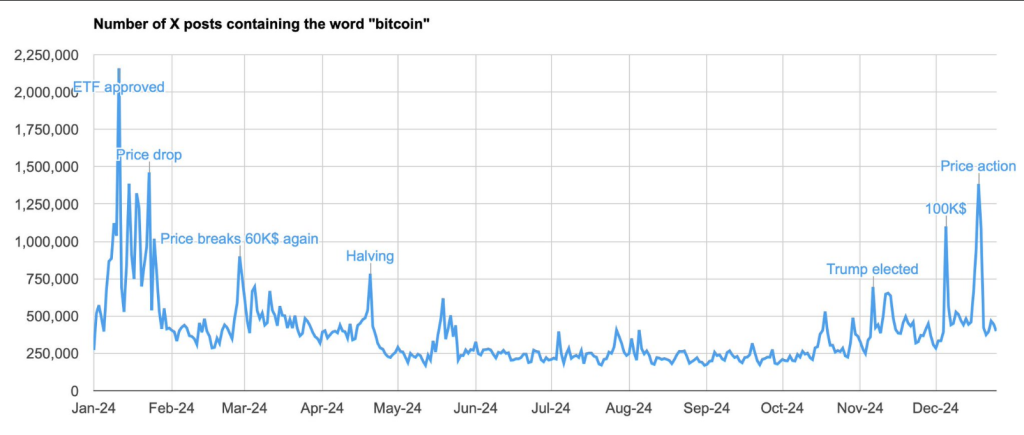

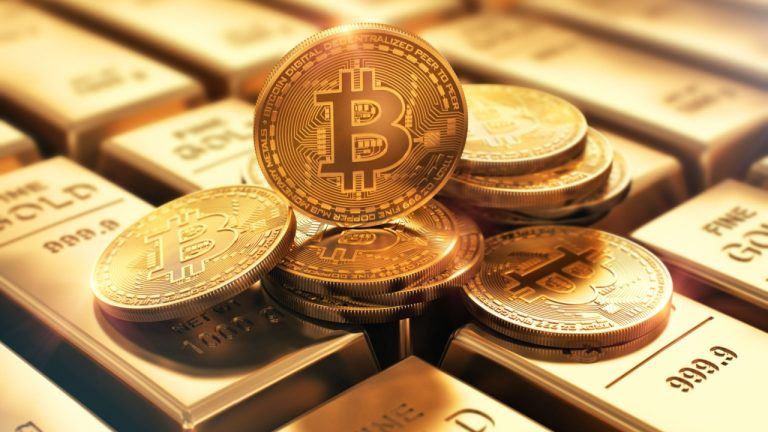







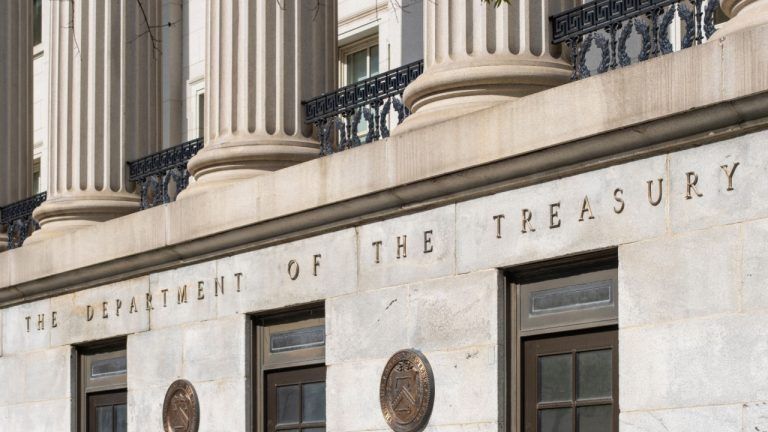


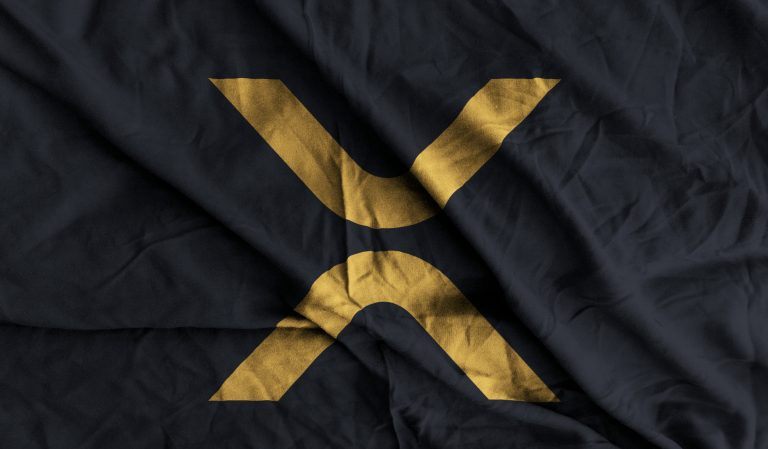
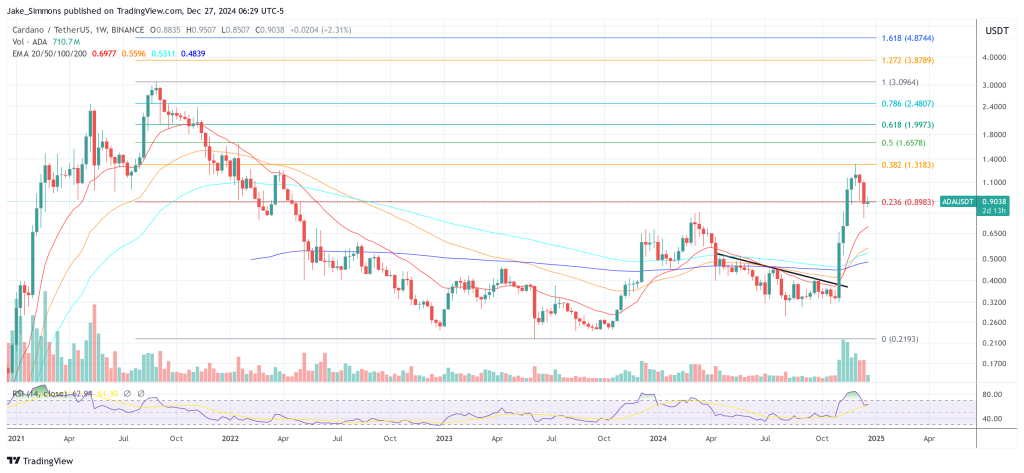


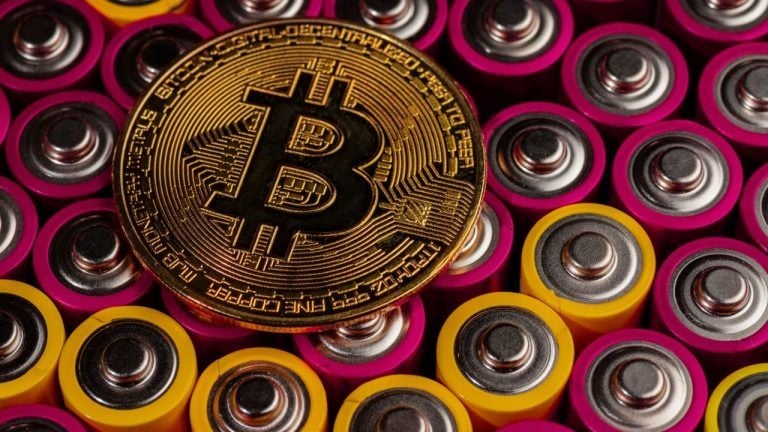


Comments